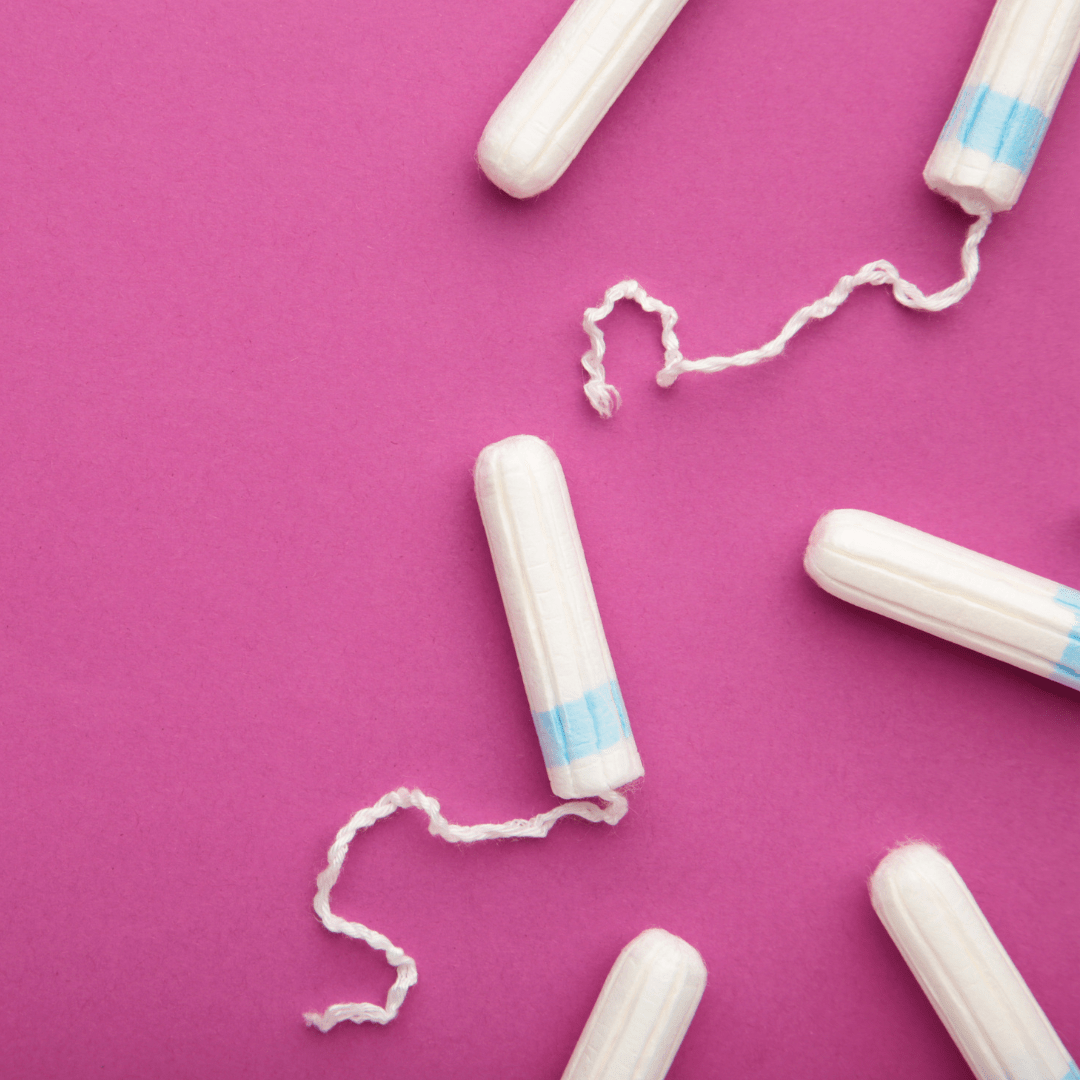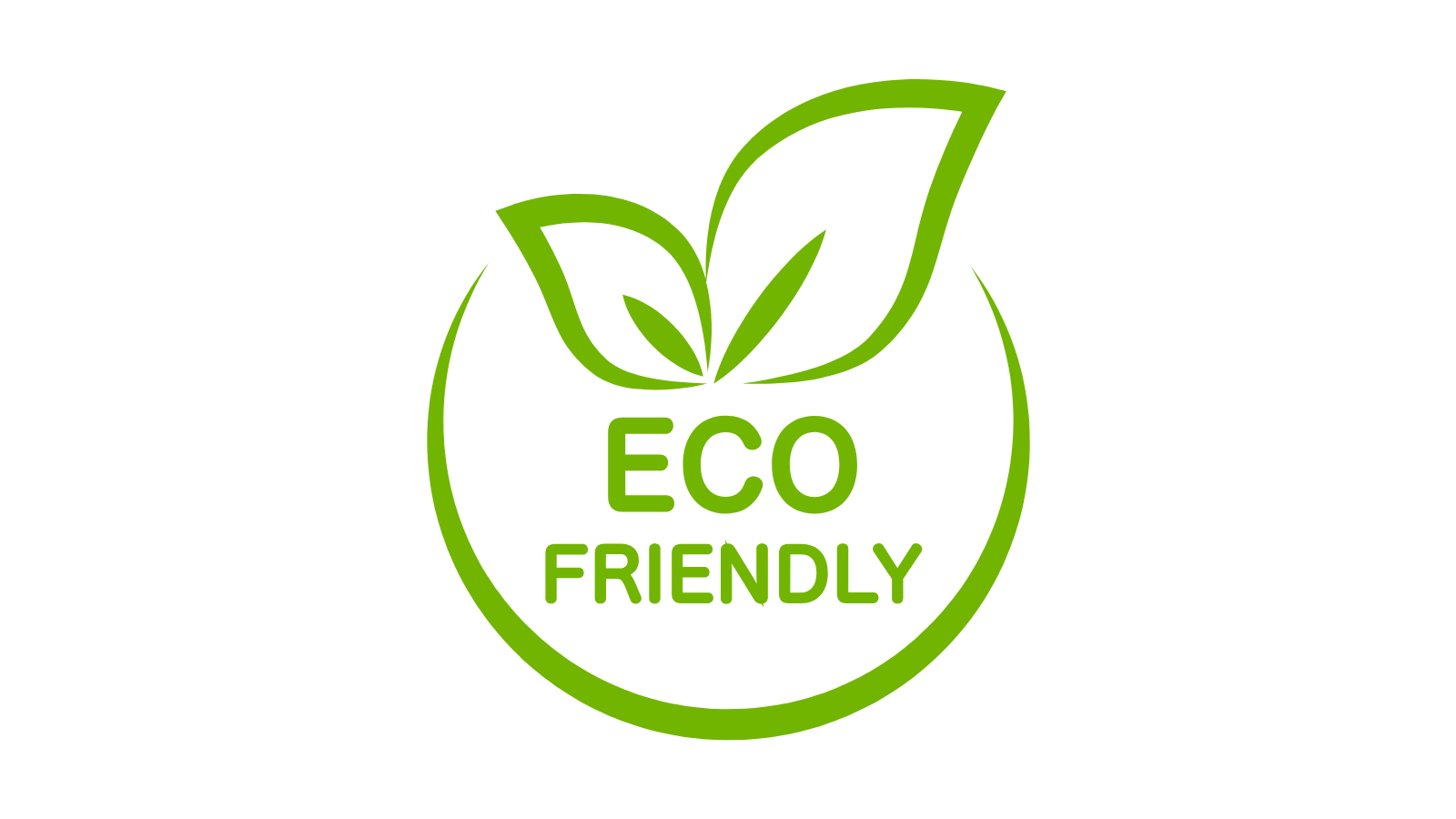Recent studies have uncovered alarming levels of toxic metals such as arsenic and lead in tampons. Notably, lead concentrations were higher in non-organic tampons, while arsenic levels were higher in organic tampons. This raises significant health concerns given the high absorption potential of the vaginal mucosa (Berkeley Public Health) (University of California).
Jenni A. Shearston, a postdoctoral scholar at the UC Berkeley School of Public Health, highlighted the importance of testing: “I really hope that manufacturers are required to test their products for metals, especially for toxic metals. It would be exciting to see the public call for this, or to ask for better labeling on tampons and other menstrual products” (Berkeley Public Health) (University of California).

How UNISOT’s Technology Ensures Safety
UNISOT’s Asset Traceability Platform and Digital Product Passports provide essential tools for ensuring the safety of menstrual products. By leveraging blockchain technology, these tools offer an immutable record of the entire supply chain, from raw material sourcing to manufacturing processes. This transparency allows consumers to verify the safety and quality of the products they use, ensuring they are free from harmful toxins.
Addressing Arsenic in Organic Tampons
A key finding from the study was that the arsenic found in organic tampons can increase the risk of cancer, reproductive and developmental health, cardiovascular diseases, neurological effects, endocrine disruption, kidney and liver damage. It likely comes from natural fertilizers used in cotton farming. This highlights a significant issue of due diligence within the supply chain. UNISOT’s Supply Chain Due Diligence (SDD) tool is designed to address this challenge by automating and securing the process of mapping a company’s supplier network across multiple tiers upstream.
SDD protects supplier trading secrets by anonymizing company names within the supply chain network. This ensures that sensitive commercial information remains confidential while still allowing for a comprehensive mapping and analysis of the supply chain. This level of transparency and protection is crucial for identifying and mitigating sources of contamination, such as arsenic from natural fertilizers, and ensuring that only safe products reach consumers.
Addressing Lead in Non-Organic Tampons
The discovery of higher lead concentrations in non-organic tampons is particularly concerning due to the severe health risks associated with lead exposure, including neurological damage, reproductive issues and increased cancer risk. Lead can enter the cotton used in tampons through various environmental pathways, such as contaminated soil, water or air, often near industrial sites or due to the use of certain pesticides.
UNISOT’s Asset Traceability Platform can help address this issue by providing detailed insights into every step of the supply chain. By tracking the origins of raw materials and monitoring manufacturing processes, the platform can identify and mitigate sources of lead contamination. This includes ensuring that cotton fields are in safe, uncontaminated environments and that any chemicals used in the cultivation or processing of cotton are free from harmful substances.
Moreover, by implementing UNISOT’s Supply Chain Due Diligence, companies can continuously monitor and verify their suppliers’ compliance with safety standards. This proactive approach not only helps in identifying potential contamination sources but also ensures that suppliers adhere to stringent safety protocols, thereby reducing the risk of toxic contamination in tampons, guaranteeing that all menstrual products are safe for women to use.
Women deserve to have access to products that are completely free from harmful toxins, ensuring their health and well-being.
Sources:
https://news.sky.com/story/arsenic-lead-and-other-toxic-metals-found-in-tampons-study-says-13175436
https://www.cbsnews.com/news/toxic-metals-tampons-arsenic-lead/
https://www.npr.org/2024/07/11/nx-s1-5036484/tampons-heavy-metals-study




Leave A Comment